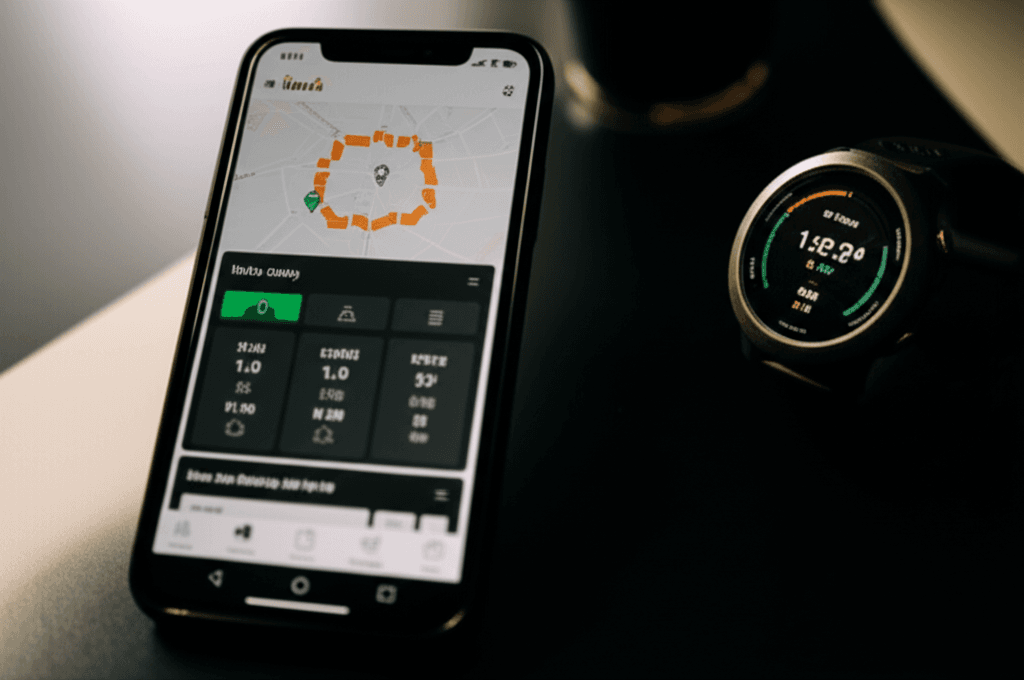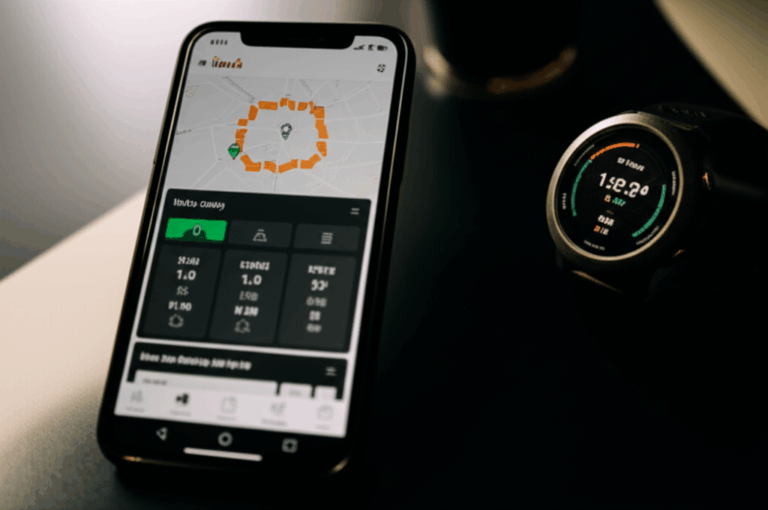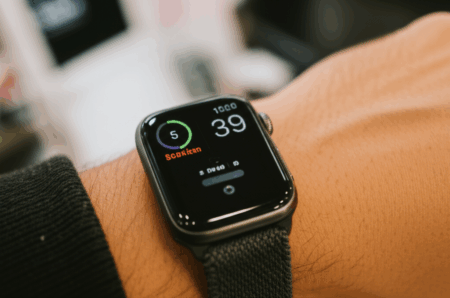Fitness tracking giant Strava has filed a lawsuit against Garmin, alleging patent infringement related to its popular “Segments” and “heatmap” features and demanding that Garmin cease selling devices incorporating these functionalities. The complaint was lodged on September 30, 2025, in the U.S. District Court for the District of Colorado. This legal action escalates growing tensions between the two major players in the fitness technology ecosystem.

Background to the Lawsuit
The lawsuit targets two core patented features central to the Strava experience. Strava asserts that Garmin has infringed on its Segment patent (U.S. 9,116,922), initially filed in 2011 and granted in 2015, which covers GPS segments with time-based performance comparisons. Additionally, Strava cites two patents related to heatmap display and generation (U.S. 9,297,651 and 9,778,053), filed in 2014 and 2016 respectively, which cover generating maps showing where users work out based on aggregated activity data.
Beyond patent infringement, Strava also claims that Garmin violated a 2015 Master Cooperation Agreement (MCA). This agreement facilitated the integration of “Strava Live Segments” onto Garmin devices, with Garmin reportedly agreeing not to simultaneously display its own proprietary segments. Strava alleges that Garmin expanded beyond the scope of this agreement, studying Strava’s implementation to build a competing system.
The legal dispute follows a period of mounting friction between the companies. In late 2024, Strava implemented controversial API changes that impacted third-party applications. Subsequently, in July 2025, Garmin introduced new developer guidelines requiring its logo to be present on activities originating from Garmin devices when displayed on partner platforms like Strava. Strava’s Chief Product Officer, Matt Salazar, indicated that Garmin threatened to cut off API access by November 1 if Strava did not comply, an ultimatum Strava viewed as “forced advertising” and detrimental to user experience. Strava contends it attempted to resolve these issues privately for five months, proposing alternative attribution methods, but to no avail.

Key Allegations and Demands
Strava’s complaint centers on several critical points:
Segment Patent Infringement
Strava’s patent on “Segments” is a foundational element of its platform, allowing users to compete on defined sections of routes. While Garmin introduced its own segments with the Edge 1000 bike computer in 2014, prior to the MCA, Strava argues that Garmin’s subsequent development and continued offering of its own segments alongside Strava’s, and allegedly using Strava’s technology as a blueprint, constitutes infringement and a breach of their cooperation agreement.
Heatmap and Popularity Routing Patent Infringement
The heatmap feature, which visualizes popular routes based on aggregated user data, is another core Strava offering. Strava’s patents cover methods for generating these user preference activity maps. However, reporting by DC Rainmaker, a prominent fitness tech blogger, suggests Garmin had heatmap functionality in Garmin Connect as early as 2013, predating Strava’s main patent application in December 2014. This timeline difference could pose a significant challenge to Strava’s claims regarding heatmaps.
Breach of Master Cooperation Agreement
The 2015 MCA was crucial for integrating Strava Live Segments onto Garmin devices. Strava asserts that Garmin’s development and deployment of its own competing segment system, particularly beyond the scope outlined in the MCA, violates the terms of this decade-old agreement.
As a result of these alleged infringements, Strava claims to have “suffered damages, including lost revenue and business opportunities, erosion of competitive differentiation and network effects, harm to goodwill, and unjust gains to Garmin”. The company is seeking a permanent injunction to prevent Garmin from manufacturing, using, offering to sell, or importing devices and software that include the accused Segment or heatmap functionality. Such an injunction would impact a substantial portion of Garmin’s product line, including many of its smartwatches and Edge bike computers.

Garmin’s Stance and Potential Counterarguments
Garmin has not issued a public statement regarding the pending litigation. However, industry analysis, notably from DC Rainmaker, suggests potential counterarguments for Garmin:
- Prior Art for Heatmaps: Garmin’s existing heatmap functionality in Garmin Connect since 2013 predates Strava’s patent filing for the feature, which could weaken Strava’s infringement claim.
- Timeline of Segment Feature: Garmin introduced its own “Garmin Segments” in 2014, a year before the MCA with Strava, suggesting its independent development of the feature.
- API Attribution as Standard Practice: Garmin’s requirement for logo attribution is framed as standard industry practice for data sourcing, akin to what platforms like Google Maps require. Garmin also notes that Strava itself has attribution requirements for its own API partners.

Broader Implications and Outlook
This lawsuit highlights escalating tensions within the fitness technology sector, as companies increasingly vie for control over user data, platform features, and revenue streams. While Strava has assured users that the lawsuit is between the two companies and will not disrupt the ability of Garmin users to sync their data with Strava, the legal battle underscores a fraying relationship that has historically been collaborative.
Adding to Garmin’s legal challenges, Finnish company Suunto has also recently filed a separate patent infringement lawsuit against Garmin in a Texas court, alleging infringement on five patents across a wide range of Garmin watches.
The legal process is expected to be lengthy, potentially taking months or even years to resolve. A hearing to establish a proposed schedule for the Strava v. Garmin case is set for December 4. The outcome could significantly impact how fitness data and features are managed and integrated across different platforms and devices in the future.







